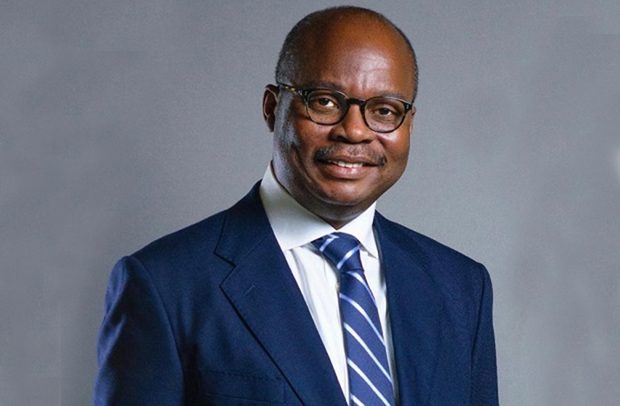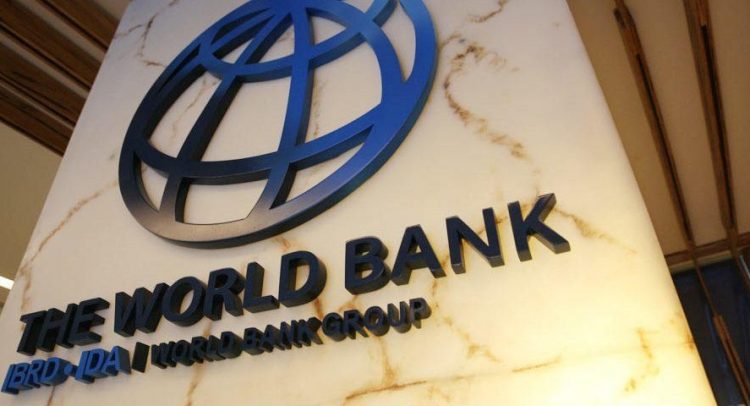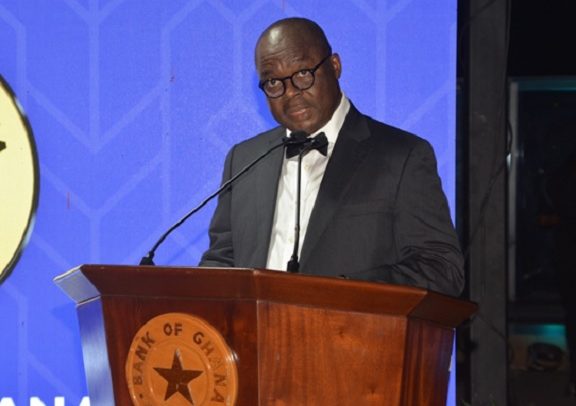
The Governor of the Bank of Ghana, Dr. Ernest Addison, has indicated that the Ghanaian economy has shown signs of a strong growth recovery of 4.7% in the first quarter of 2024.
This growth rate surpasses the 3.1 percent observed during the same period in 2023, signalling a positive trajectory for the nation’s economic health.
At a press briefing on Friday, July 26, 2024, following the 119th Monetary Policy Committee (MPC) meetings, Dr. Ernest Addison, the Governor of the Bank of Ghana, highlighted several key factors contributing to this economic upswing.
He mentioned “The stronger than expected growth outturn was driven largely by improvements in the services sector in the Euro area, as well as increased consumer spending and policy support in China, which offset the continued weaknesses in the property sector.”
Domestic Economic Conditions
The Bank of Ghana’s high-frequency real sector indicators also reflected a pickup in economic activity. The updated real Composite Index of Economic Activity (CIEA) showed annual growth of 3.3 percent in May 2024, compared to a contraction of 3.7 percent in May 2023.
The key drivers of this growth included private sector contributions to SSNIT, imports, cement sales, exports, domestic VAT, and tourist arrivals.
Dr. Addison explained, “Our data shows a significant turnaround in economic activities. This is evident from the improved CIEA, which has been largely driven by strong performances in various sectors, including construction and tourism.”
However, the latest confidence surveys indicated some softening of consumer and business sentiments. The Purchasing Managers’ Index (PMI) for Ghana fell below the 50.0 benchmark, registering at 49.7 in June 2024, down from 51.6 in the previous month.
“These findings are broadly in line with observed trends,” Dr. Addison said, emphasising the importance of stabilising consumer confidence to sustain economic growth.
Inflation and Fiscal Policy
Recent price developments suggest a resumption of the disinflation process in Ghana. In June 2024, headline inflation eased to 22.8 percent, down from 23.1 percent in May and 25.0 percent in April.
This decline was attributed to a deceleration in non-food inflation, which dropped by 2.0 percentage points to 21.6 percent in June. Conversely, food inflation rose by 1.4 percentage points to 24.0 percent over the same period.
Dr. Addison highlighted, “The decline in headline inflation is a positive development, particularly the reduction in non-food inflation. However, food inflation remains a concern, and we are closely monitoring these trends to ensure stability.”
The fiscal operations for the first half of the year were broadly aligned with the set targets. Provisional data on budget execution indicated an overall fiscal deficit of 2.0 percent of GDP, against a budget target of 2.7 percent.
The deficit, amounting to GH¢21.3 billion, was financed from both domestic and foreign sources. The primary balance recorded a deficit of GH¢2.3 billion (0.2 percent of GDP), closely matching the deficit target of GH¢2.4 billion (0.2 percent of GDP).
“Fiscal discipline has been a cornerstone of our economic strategy,” Dr. Addison stated. “We are pleased with the alignment of our fiscal operations with the budget targets, which is crucial for maintaining macroeconomic stability.”
Banking Sector and Monetary Policy
The banking sector’s performance in the first half of 2024 points to continued recovery from the impact of the Domestic Debt Exchange Programme.
Total banking sector assets grew by 33.3 percent to GH¢323.1 billion by end-June 2024. Profitability, liquidity, and efficiency indicators also showed improvement.
However, elevated credit risk remains a concern, with the industry’s Non-Performing Loan (NPL) ratio rising to 24.1 percent in June 2024 from 18.7 percent in June 2023.
Dr. Addison commented, “The banking sector has shown resilience and a positive recovery trend. However, the elevated NPL ratio highlights the need for continued vigilance and strong credit risk management practices.”
Interest rates showed mixed trends, with the 91-day and 182-day Treasury bill rates increasing to 24.91 percent and 26.84 percent, respectively, in June 2024. In contrast, the rate on the 364-day instrument decreased to 27.83 percent from 28.66 percent over the same period. On the interbank market, the weighted average rate increased to 28.83 percent in June 2024 from 26.01 percent in June 2023. Over the same period, however, average lending rates of banks declined marginally to 31.10 percent from 31.15 percent.
“Interest rate trends have been mixed, reflecting the dynamic nature of the market. Our focus remains on maintaining a balance that supports economic growth while keeping inflation in check,” Dr. Addison elaborated.
The post Economy Shows Strong Recovery with 4.7% GDP Growth – BoG appeared first on The Ghanaian Chronicle.
Read Full Story










Facebook
Twitter
Pinterest
Instagram
Google+
YouTube
LinkedIn
RSS